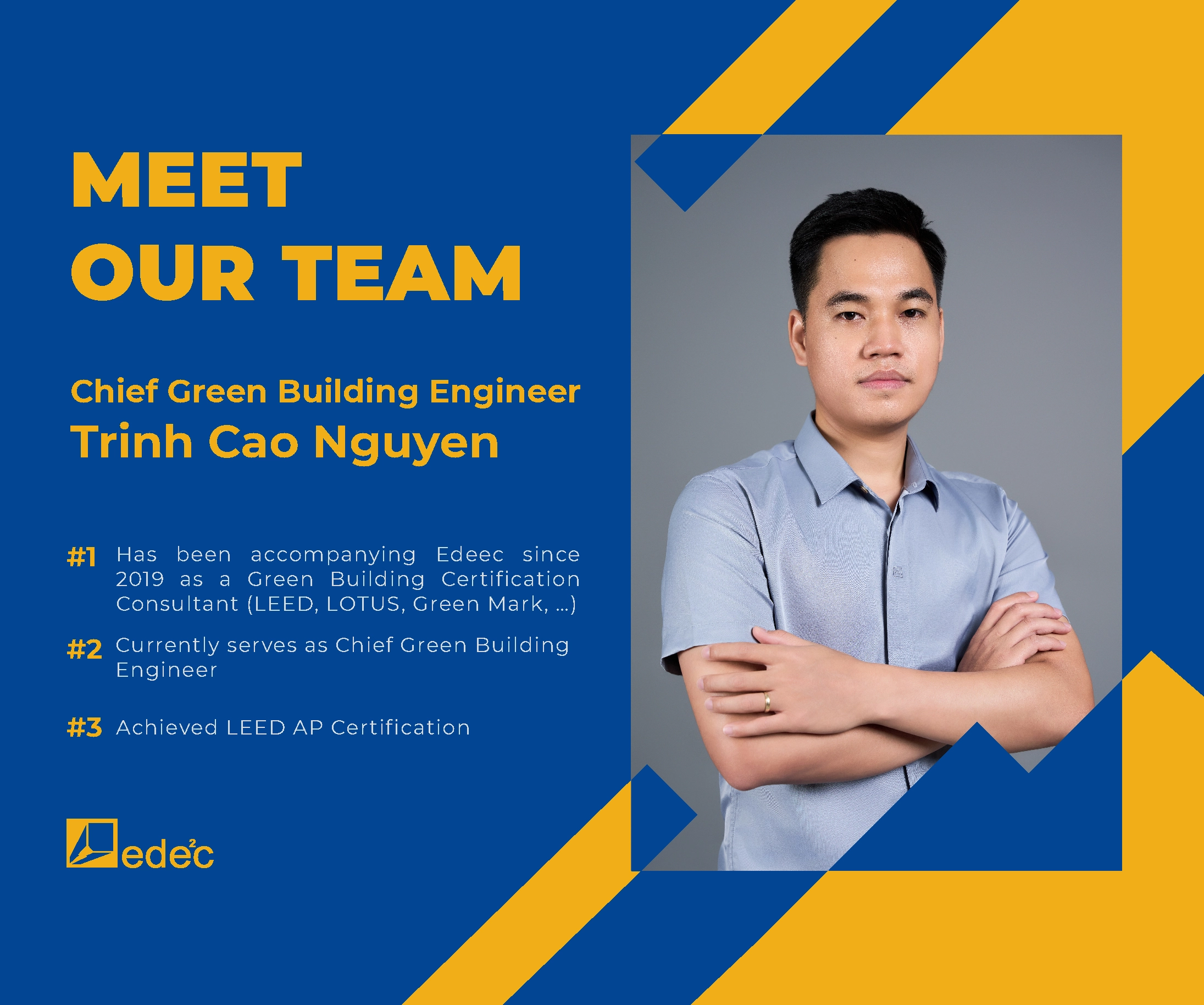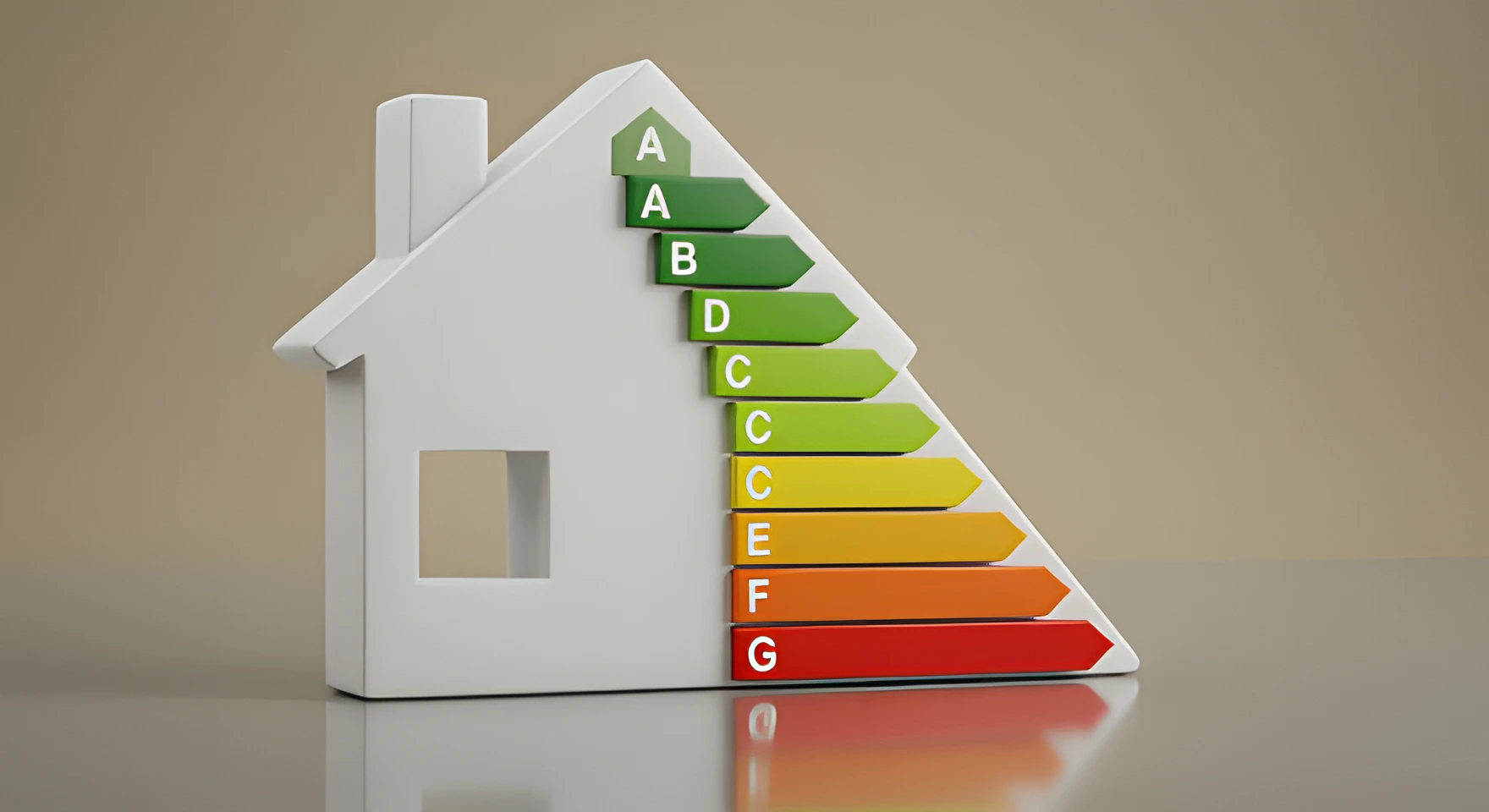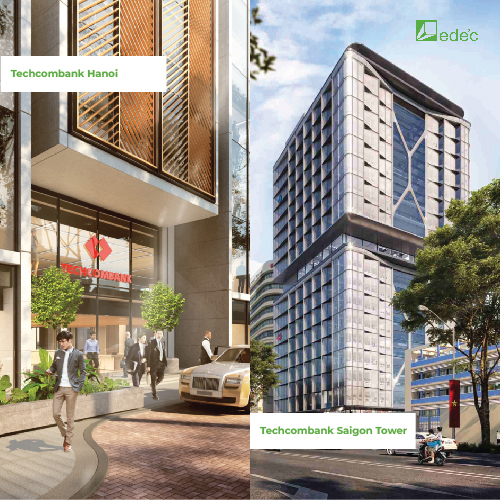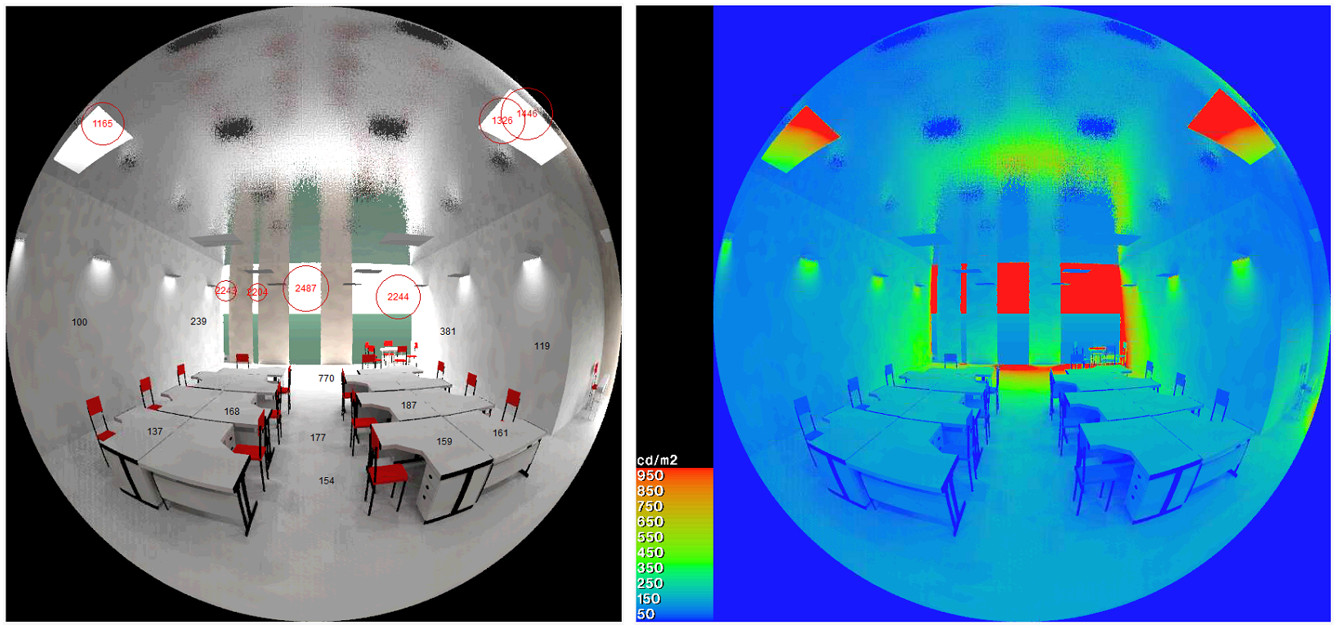RESOURCES
(Part 2) The integrated design process, application of energy simulation technology

4. EXAMPLE APPLICATION OF INTEGRATED DESIGN AND ENERGY SIMULATION
The process of applying integrated design and energy simulation in Vietnam is still in its infancy, so full process adoption is not always achieved. But at any stage, it shows the effectiveness of a revolutionary way of doing things and can be effectively applied to many different architectural firm models.
Depending on each stage, the application of an integrated design process and energy simulation can have different positive effects.
4.1 – Hoa Lac energy manager training center project
The conceptual design phase is the step for architects to make decisions about the architectural shape of the building, the aesthetic surface, and the distribution of functions. The above decisions are often derived from artistic ideas that focus on beauty and aesthetics, ignoring the passive or physical elements of the building.
Energy simulation at this point will assist architects in making quantitative decisions, through factors such as energy efficiency, natural lighting, glare control, and occupant thermal comfort, natural ventilation (shown by numbers and comparative analysis). This simulation step done early in the conceptual design phase will further mature passive solutions based on architectural physics, before engineering systems are taken into account.
Based on the analysis results of this simulation step, many critical elements of the project can be quickly agreed upon, including the architectural shape, the window-to-wall ratio WWR, the resolution of the glazing and shading system, and the insulation value of the building shell.


Project of Training Center for Energy Managers, owned by ECC. The project was consulted for architectural solutions from the design stage, changing the architectural design to optimize the reduction of energy demand from the building envelope. Additionally, the air conditioning system should be redesigned accordingly. The figure below shows the energy forecast results when applying cumulative solutions:

There was a 50% reduction in the energy consumption of the whole building, but the investment costs did not increase. (The proposed results are not applied because the project is state-funded, and changing the exterior of the building will lead to the need of re-approval of the project)
4.2 – National Securities Commission Building
The energy simulation step helped the design team to calculate the energy consumption of the building compared to a baseline; to select the most optimal solution group to help use energy in the building at the operational stage effectively. This is a breakthrough in refining the existing design, as the energy simulation results can aid in improving the existing design. The building can become more energy-efficient without increasing but even reducing the cost of materials and equipment, while ensuring the aesthetic factor and usability of the project as well.
This simulation step can be used to find a group of solutions for materials and equipment for the project, balance financial, technical, and aesthetic factors, and even reduce initial investment costs by finding a solution in accordance with the requirements of the project.

Comparing options based on analysis of energy simulation results help come up with the most suitable solution. It is very difficult to choose between air conditioning systems with an investment cost difference of less than 5%. Only energy simulation can give the correct answer.
The result is a 31.4% reduction in energy consumption compared to the base model of QCXDVN 09:2013/BXD. The project is expected to register for LOTUS Green Building certification. (The final option is to reduce 22.5%, because the consultant has no experience of deploying the ‘similar system’ to the other option by 31.4%)
5. HIGH APPLICABILITY
Building energy simulation can be applied to all types of projects as well as at every stage in the design and operation process of the building.
It can be applied at design stages, and all project stakeholders benefit from running building energy simulations.
The following types of projects can apply integrated process and simulation technology.
– Separate houses such as villas, attached houses
– Hotels, resorts
– Office projects of large and small scale and segments
– High-rise apartment buildings in large and small scale and segments
– Complex buildings (offices, commercial buildings, apartments)
– Hospitals, schools, commercial centers

Energy simulation application at The Villa Hoi An project (Design: V-Architecture) – the first project in Vietnam to achieve HQE Green Building certification (France)

Application to simulate natural ventilation and energy in a residential and office project in Long Bien (Design: V-Architecture).

Energy simulation application at VNCC’s headquarters


Application in the design and renovation of old buildings. Capital Place Project, HCMC. Energy efficiency per square meter of floor decreased by 33.6%.
6. OPTIMIZATION LEADS TO SAVE INVESTMENT COSTS
In the process of applying the integrated design and energy simulation to practical construction projects, the EDEEC construction energy solutions team found that proper integration of the design components enabled to equitably distribute investment costs. For example, increasing the quality of envelopes and building glass will help lower the cost of the air conditioning system. It is the optimal design and redistribution of investment costs for items that can help energy-saving buildings or green buildings reduce investment costs instead of increasing as usual. With an integrated design process, simulation technology makes the biggest and most effective difference. A major part of the savings comes from reducing the capacity of the air conditioning system. As opposed to conventional designs, the air conditioning system usually calculates capacity in W/m2, which will not cut costs. The cost of investment is higher for shells and glass of the building.
In below examples that EDEEC’s solution consulting team has been surveying, consulting and designing, only the recalculation and small changes to optimize costs have enabled the following projects to be effective.
-

Re-surveying the Handico Hanoi tower: Should the design has been optimized, it could reduce more than 55% of the capacity of the air conditioning system, equivalent to about 40-50 billion VND. This calculation is not applicable because the construction has been completed.
- The 21-storey tower under design in Hanoi: Survey to adjust the design for the ability to reduce the capacity of the air conditioning system by 31-45%, equivalent to 12-18 billion VND
- 30-storey tower in the South: by re-optimizing the entire building, the capacity of the air conditioning system is reduced by about 40%, equivalent to 35-40 billion VND.
- An office tower in Hanoi with 19 floors: The preliminary calculations and addition of some adjustments in materials, covers, and heat recovery equipment can reduce the energy consumption by nearly 60 percent – equivalent to about 25-30 billion VND.
(Some projects are in the survey or design stage are not convenient to name.)
Presentation by Mr. Architect Tran Thanh Vu – Director of EDEEC Co., Ltd
Please read more for Part I – Integrated design process for application of energy simulation technology here.






